L2 - Concurrent Systems Parallelism
1/68
There's no tags or description
Looks like no tags are added yet.
Name | Mastery | Learn | Test | Matching | Spaced |
|---|
No study sessions yet.
69 Terms
Sequential Processing
– They have one “thread” of execution
– One step follows another in sequence
– One processor is all that is needed to run the algorithm
sequential
All of the algorithms we’ve seen so far are ___________
one “thread”
algorithm have __________ of execution
one processor
How many processor is needed to run the algorithm?
Non-sequential
The burglar alarm is watching all of these “at once” (at the same time).
Concurrent Systems
Multiple tasks can be executed at the same time
Concurrent Systems
The tasks may be duplicates of each other, or distinct tasks
Concurrent Systems
The overall time to perform the series of tasks is reduced
true
tru or false? Concurrent processes can reduce duplication in code
runtime
The overall _______ of the algorithm can be significantly reduced.
Redundancy
can make systems more reliable.
false
tru or false? Runtime is always reduced, so careful planning is required
multiprocessor machines
Many computers today have more than one processor
Time slicing
allows many users to get CPU resources
true
tru or false? Concurrency can also be achieved on a computer with only one processor
false
tru or false? Tasks won’t be suspended while they wait for something, such as device I/O
Concurrency
is the execution of multiple tasks at the same time, regardless of the number of processors.
Parallelism
is the execution of multiple processors on the same task.
Multiprogramming
Multiprocessing
Multitasking
Distributed Systems
Types of Concurrent Systems
Multiprogramming
Share a single CPU among many users or tasks
Multiprogramming
May have a time-shared algorithm or a priority algorithm for determining which task to run next
Multiprogramming
Give the illusion of simultaneous processing through rapid swapping of tasks (interleaving).
Achieving Concurrency
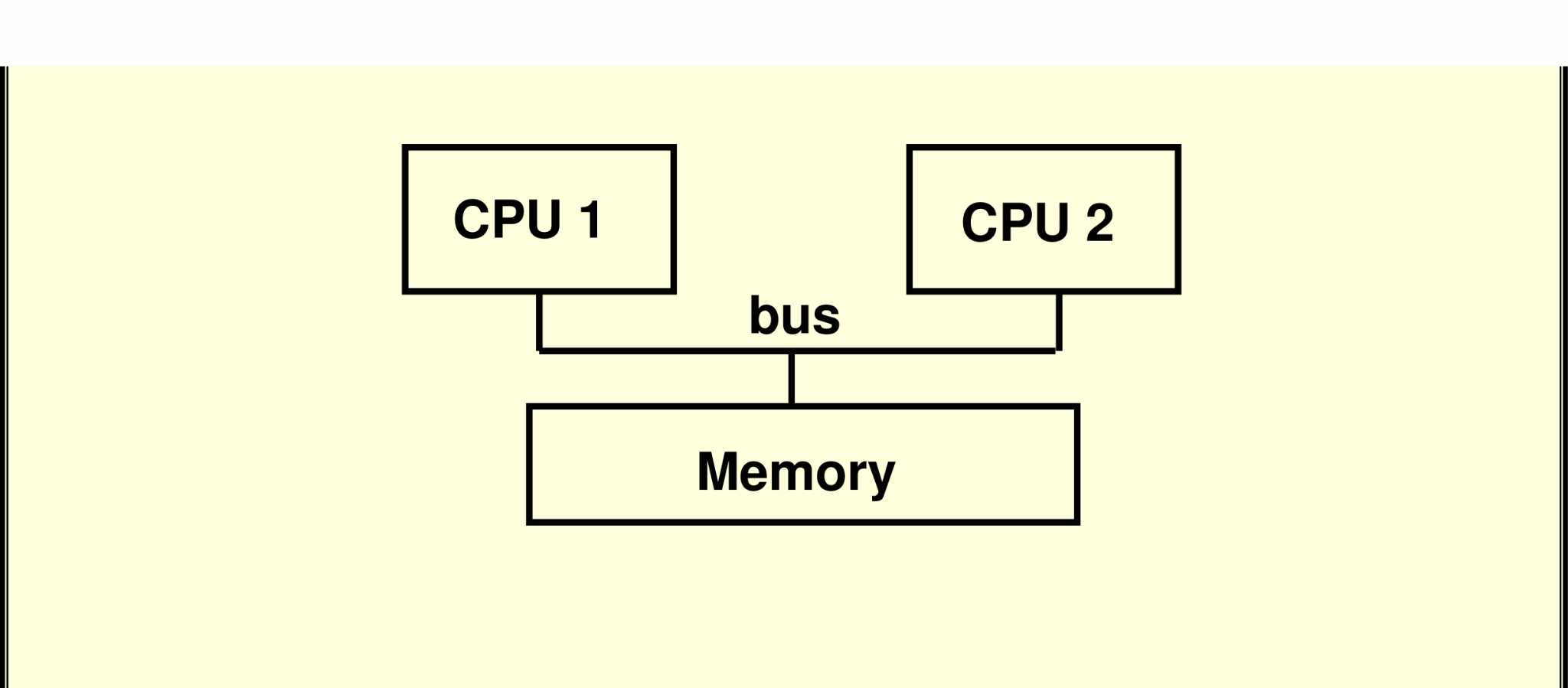
Multiprogramming
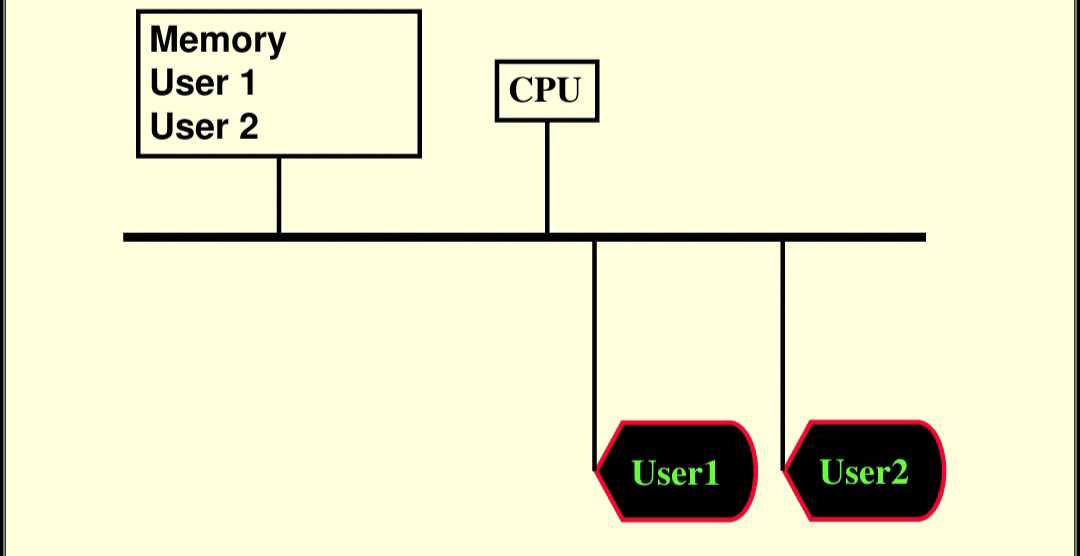
Multiprocessing
Executes multiple tasks at the same time
Multiprocessing
Uses multiple processors to accomplish the tasks
shared memory
Multiprocessing has a ______ that is used by all the tasks
Multiprocessing
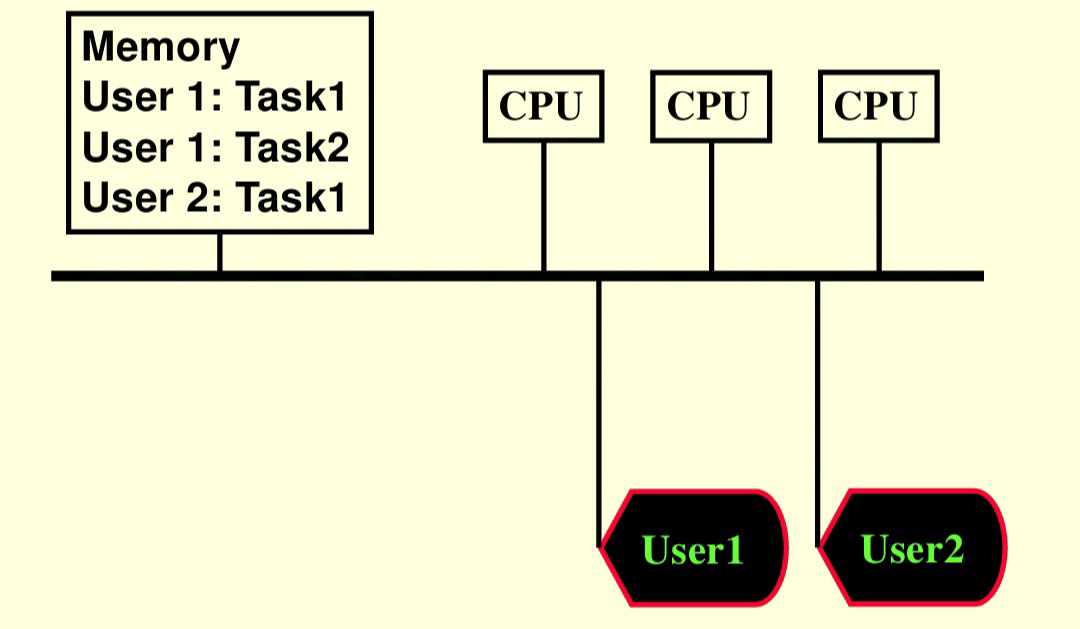
Multitasking
A single user can have multiple tasks running at the same time.
Multitasking
Can be done with one or more processors.
Multitasking
Used to be rare and for only expensive multiprocessing systems, but now most modern operating systems can do it
Multitasking
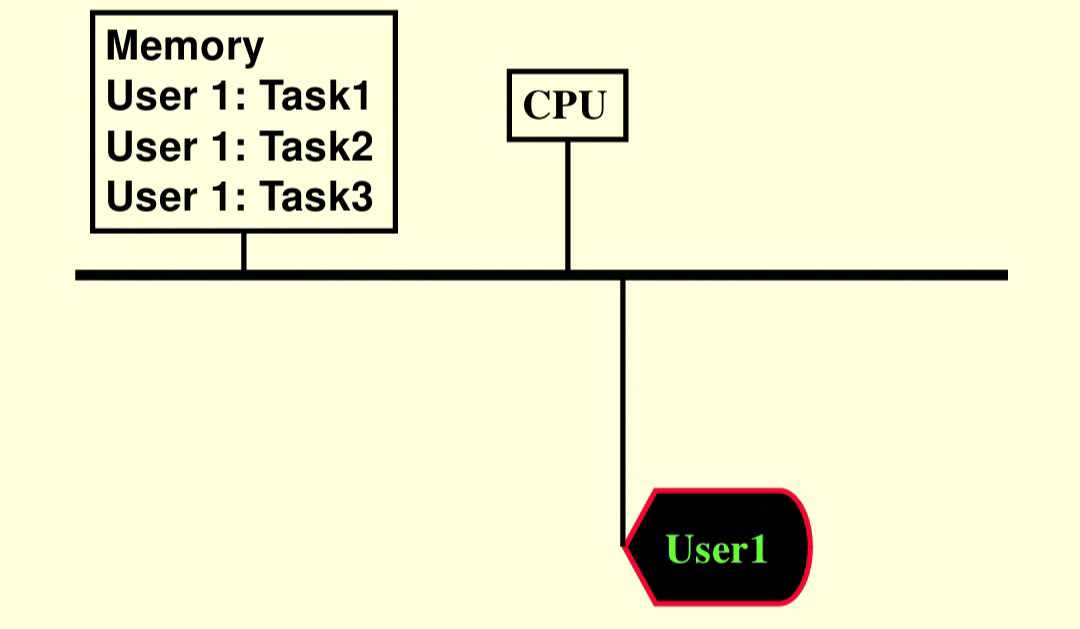
Distributed Systems
Multiple computers working together with no central program “in charge.”
Distributed Systems
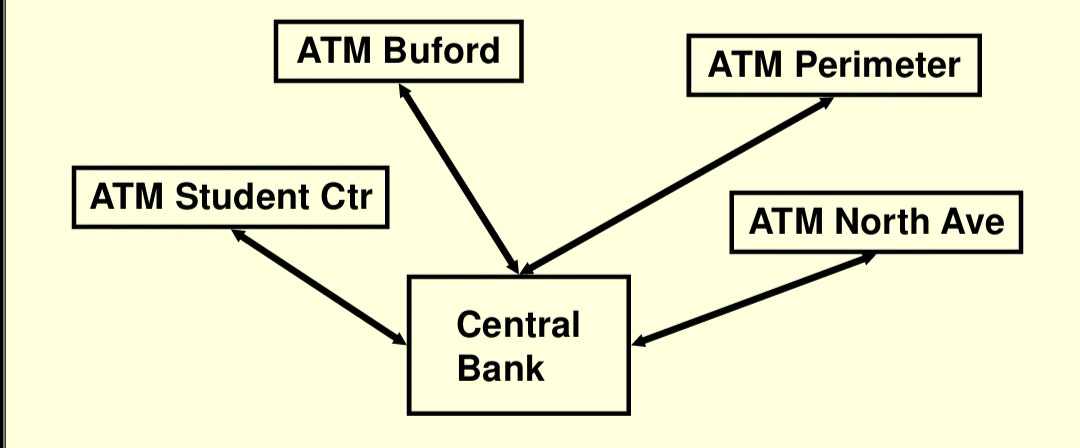
Advantages of Distributed Systems
No bottlenecks from sharing processors
No central point of failure
Processing can be localized for efficiency
Disadvantages of Distributed Systems
Complexity
Communication overhead
Distributed control
Parallelism
Using multiple processors to solve a single task.
Parallelism
– Breaking the task into meaningful pieces
– Doing the work on many processors
– Coordinating and putting the pieces back together.
Parallelism
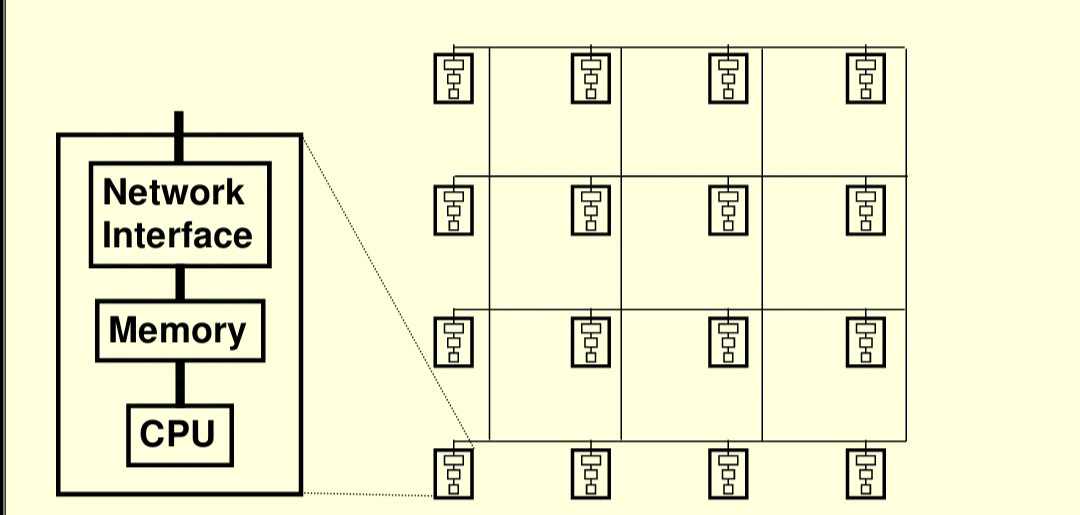
Pipeline Processing
Repeating a sequence of operations or pieces of a task.
pipeline
Allocating each piece to a separate processor and chaining them together produces a ________, completing tasks faster.
One Load
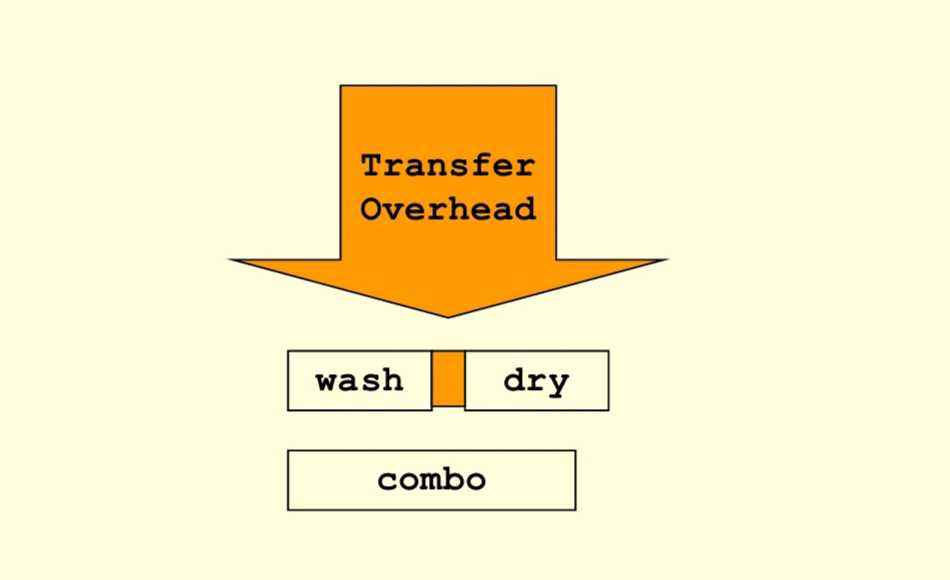
Three Loads
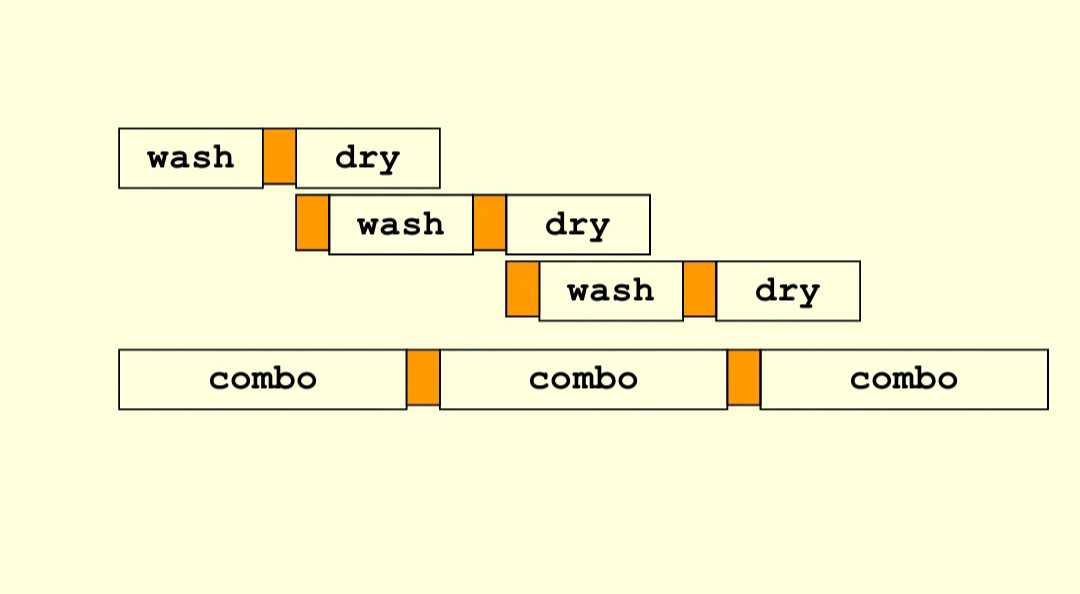
Pipelined task
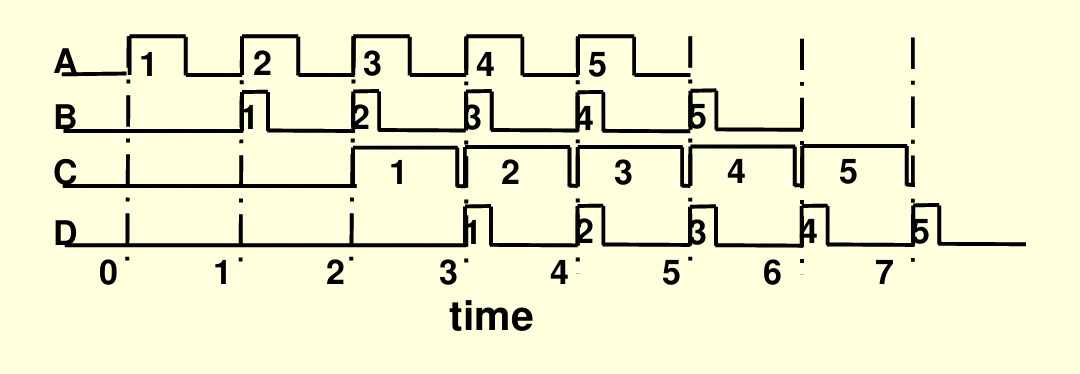
3 & 4
which time is the busiest?
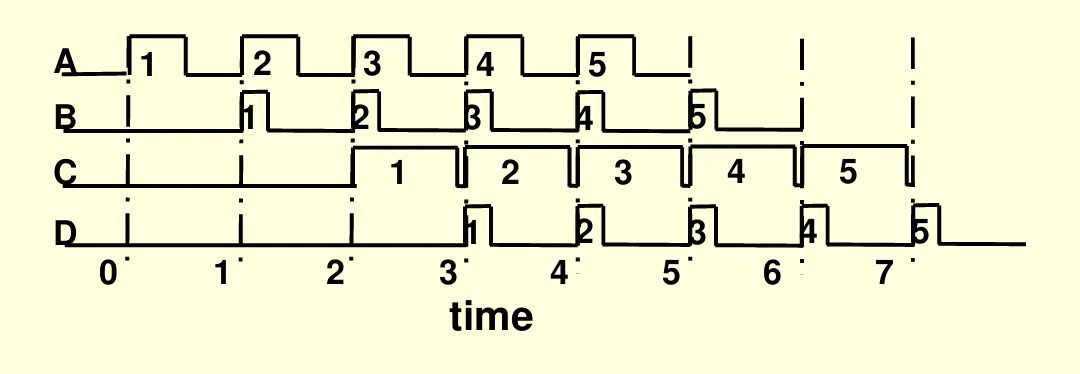
Task Queues
A supervisor processor maintains a queue of tasks to be performed in shared memory.
dequeues
Each processor queries the queue, _________ the next task and performs it
Parallel Bubblesort
We can use N/2 processors to do all the comparisons at once, “flopping” the pair-wise comparisons.
87 93 65 74 45 57 27 33
what’s next?
93 87 | 74 65 | 57 45 | 33 27
87 65 93 45 74 27 57 33
what’s next?
87 | 93 65 | 74 45 | 57 27 | 33
65 87 45 93 27 74 33 57
what’s next?
87 65 | 93 45 | 74 27 | 57 33
N2 time
Sequential bubblesort finishes in
N time
Parallel bubblesort finishes in
O(N2)
Thus, the amount of work is still
Product complexity
is the amount of work per “time chunk” multiplied by the number of “time chunks” – the total work done.
true
tru or false? Parallelization can reduce time, but it cannot reduce work.
true
tru or false? The product complexity cannot change or improve.
O(N) time
Given an O(NLogN) algorithm and Log N processors, the algorithm will take at least ________
O(N2) time
Given an O(N3) algorithm and N processors, the algorithm will take at least
hardware
Processors are limited by
power of 2
Typically, the number of processors is a
constant factor, 2K
Usually: The number of processors is a
x time
A program on one processor, runs in?
no more than X/2 time
Adding another processor runs in ?
X/2 + Ɛ time
Realistically, it will run in _______ because of overhead
not free
overhead of parallelization is
controlled and coordinated
processors must be _________ and ________
special programming language
Often the program must be written in a ___________________ for parallel systems.
Tasks
Relatively isolated units of computation
Should be roughly equal in duration
Duration of the unit of work must be much greater than overhead time
Policy decisions and coordination required for shared data
Simpler algorithm are the easiest to parallelize